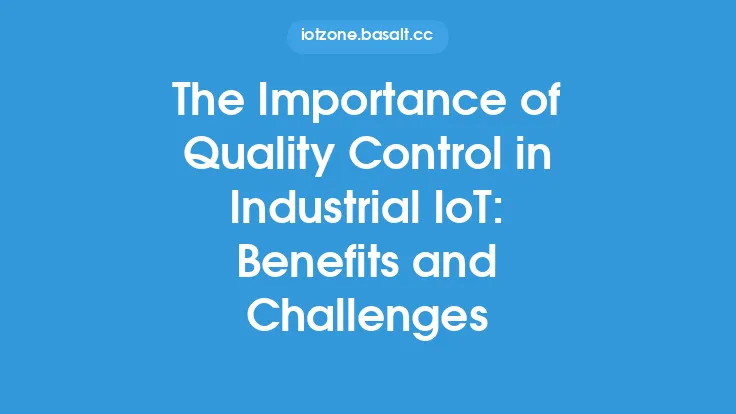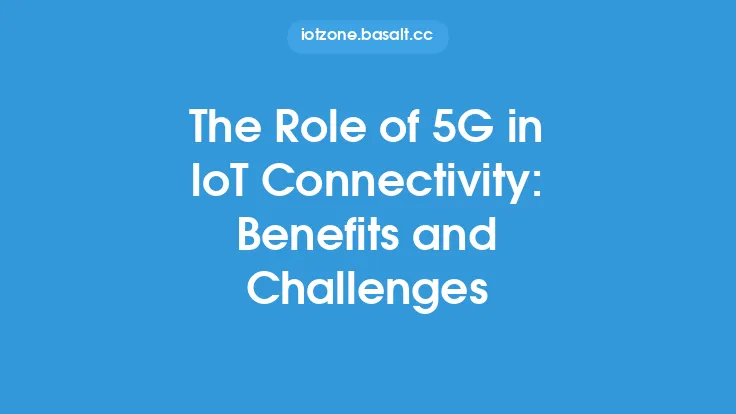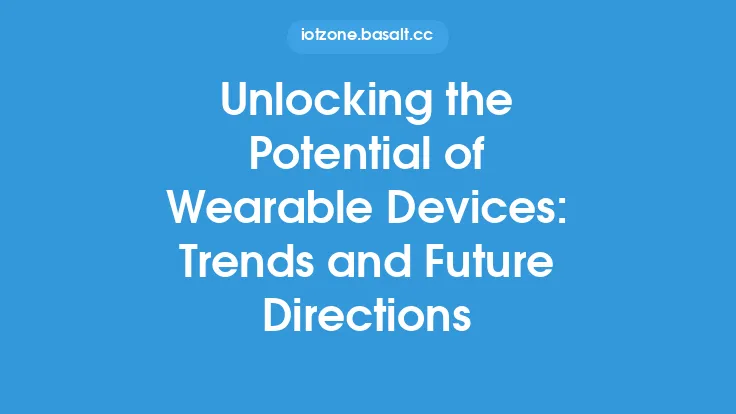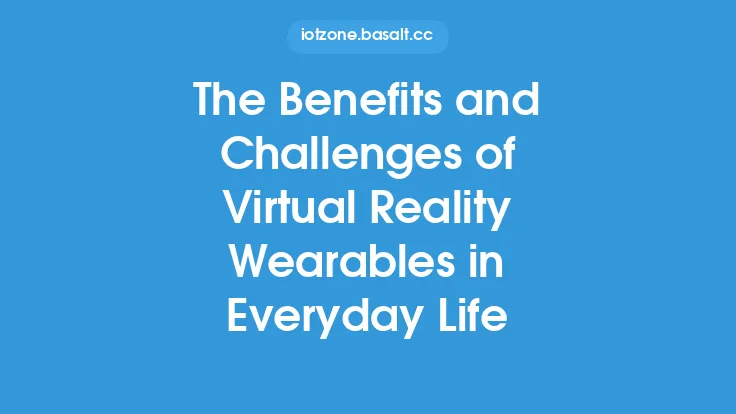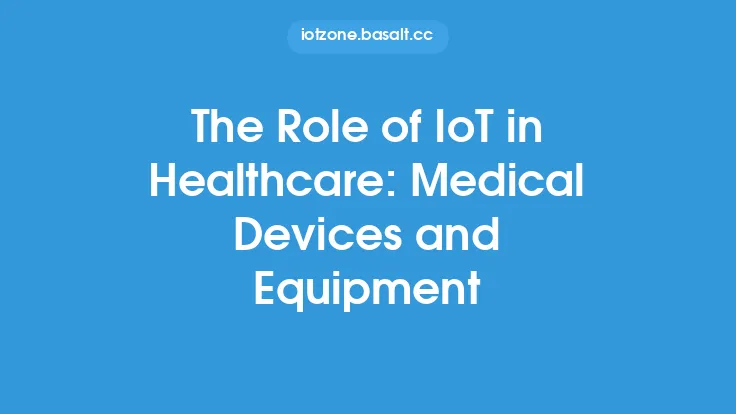The Internet of Things (IoT) has revolutionized the way we live and work by enabling devices to communicate with each other and their environment. IoT enabled devices have become an integral part of our daily lives, from smart home appliances to industrial automation systems. However, implementing these devices comes with its own set of benefits and challenges. In this article, we will delve into the advantages and disadvantages of implementing IoT enabled devices, exploring the technical aspects and evergreen information that is essential for understanding this complex topic.
Technical Overview of IoT Enabled Devices
IoT enabled devices are equipped with sensors, actuators, and communication protocols that allow them to interact with their environment and other devices. These devices can be categorized into two main types: constrained devices and unconstrained devices. Constrained devices, such as sensors and actuators, have limited processing power, memory, and energy resources. Unconstrained devices, such as gateways and servers, have more processing power, memory, and energy resources. The communication protocols used by IoT enabled devices include CoAP, MQTT, and HTTP, which enable device-to-device and device-to-server communication. Understanding the technical aspects of IoT enabled devices is crucial for implementing them effectively.
Benefits of Implementing IoT Enabled Devices
The benefits of implementing IoT enabled devices are numerous. One of the primary advantages is increased efficiency, as these devices can automate tasks and provide real-time data, enabling better decision-making. IoT enabled devices can also improve safety, as they can detect and respond to emergencies, such as gas leaks or fires. Additionally, these devices can enhance customer experience, as they can provide personalized services and improve the overall quality of life. For instance, smart home devices can learn a user's preferences and adjust the lighting, temperature, and entertainment systems accordingly. Furthermore, IoT enabled devices can reduce costs, as they can optimize energy consumption, predict maintenance needs, and extend the lifespan of devices.
Challenges of Implementing IoT Enabled Devices
Despite the benefits, implementing IoT enabled devices comes with several challenges. One of the primary concerns is security, as these devices can be vulnerable to cyber-attacks, which can compromise user data and disrupt device functionality. Another challenge is interoperability, as different devices and systems may use different communication protocols, making it difficult to integrate them seamlessly. Additionally, IoT enabled devices require significant infrastructure investments, including network infrastructure, device management, and data analytics. Moreover, these devices can generate vast amounts of data, which can be difficult to manage and analyze, requiring advanced data analytics and machine learning techniques. Finally, implementing IoT enabled devices can also raise concerns about privacy, as these devices can collect sensitive user data, which must be protected and managed responsibly.
Implementation Considerations
When implementing IoT enabled devices, several factors must be considered. First, it is essential to define the use case and requirements, including the type of devices, communication protocols, and data analytics needed. Next, the infrastructure must be designed and implemented, including network infrastructure, device management, and security measures. Additionally, the devices must be integrated with existing systems and applications, which can be a complex task. Furthermore, the data generated by IoT enabled devices must be managed and analyzed, requiring advanced data analytics and machine learning techniques. Finally, the implementation must be tested and validated, ensuring that the devices function as intended and meet the required security and privacy standards.
Best Practices for Implementing IoT Enabled Devices
To ensure successful implementation of IoT enabled devices, several best practices must be followed. First, it is essential to conduct a thorough risk assessment, identifying potential security and privacy risks. Next, the implementation must be designed with security and privacy in mind, including encryption, authentication, and access control. Additionally, the devices must be regularly updated and patched, ensuring that they remain secure and functional. Furthermore, the data generated by IoT enabled devices must be managed and analyzed responsibly, ensuring that user privacy is protected. Finally, the implementation must be continuously monitored and evaluated, ensuring that it meets the required standards and is aligned with business objectives.
Future of IoT Enabled Devices
The future of IoT enabled devices is promising, with new technologies and innovations emerging continuously. One of the most significant trends is the use of artificial intelligence (AI) and machine learning (ML) in IoT enabled devices, enabling them to learn and adapt to their environment. Another trend is the use of edge computing, which enables data processing and analysis to be performed at the edge of the network, reducing latency and improving real-time decision-making. Additionally, the use of 5G networks and other advanced communication protocols will enable faster and more reliable communication between devices. Finally, the increasing use of IoT enabled devices in various industries, such as healthcare, transportation, and industrial automation, will drive innovation and adoption, enabling new use cases and applications to emerge.
